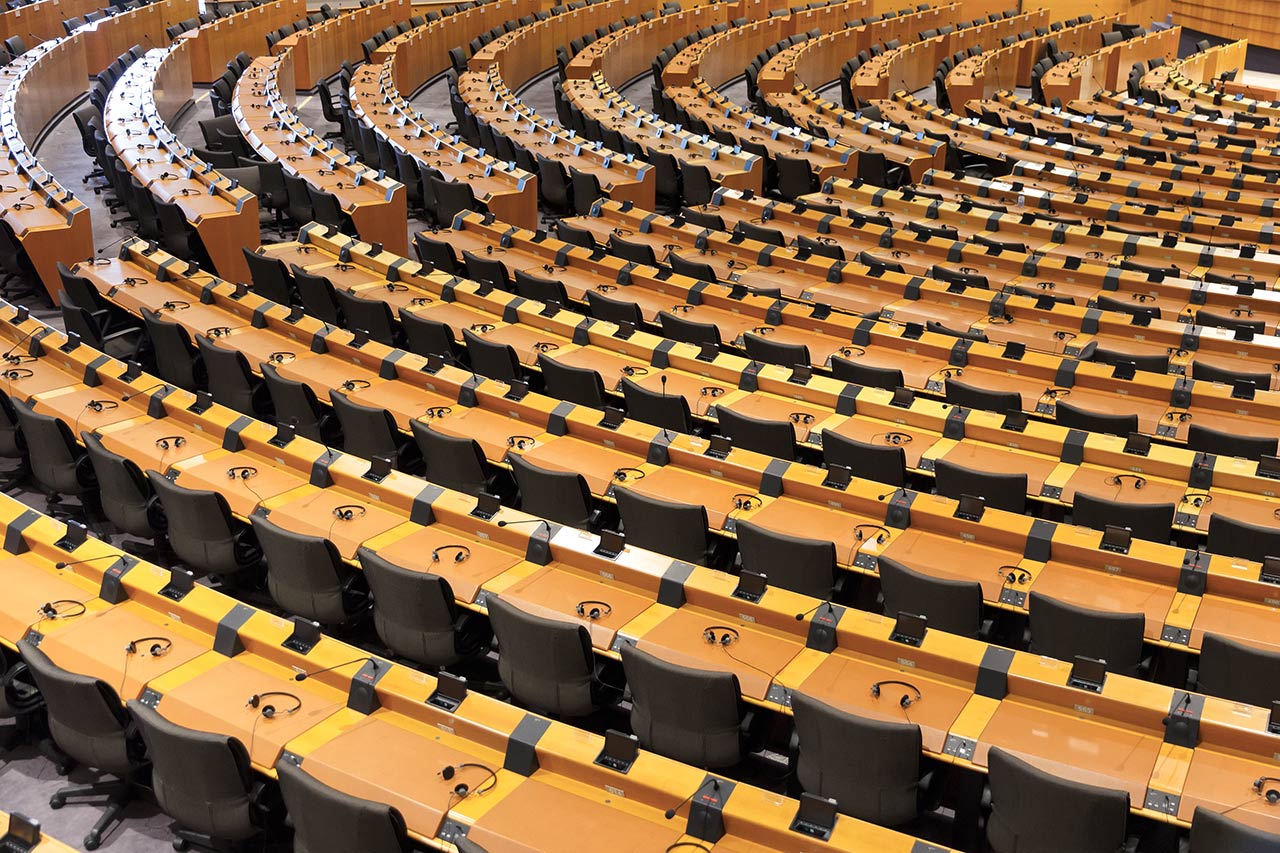The Bretton Woods System
A short answer question detailing the significance of the Bretton Woods System in International Political Economy
Question
What is the Bretton Woods system and what is its significance to studying IPE?
Answer
The Bretton Woods system was an economic policy established at the Bretton Woods conference in 1944 where it was agreed that all countries in attendance would have their currencies fixed at a certain value. These countries included Canada, multiple countries in Western Europe, Australia and Japan. As a result, the currencies of these countries became fixed to the dollar ‘and the US government promised to convert all dollars to gold at $35 per ounce’ (Woods, 2008;345).
However, in August 1971, the US government drastically changed their policy. The removed the gold from the dollar-gold standard giving rise to floating currencies. They also announced a 10% surcharge on import duties.
The significance of this breakdown for our study of IPE is that it sparked a debate about the power of the US in international political economy. Some scholars suggested that it was a sign of the decline of the US hegemony whereas others note that the breakdown was a further establishment of US leadership in international politics.
Wood notes that ‘at the heart of the debate was a disagreement about whether the cooperation of the international political economy depends on one state being both capable and willing to set and enforce the rules of the game’ (2008:245).
This debate ultimately centres on cooperation and is ongoing in the study of international political economy.
References
Woods, N. (2008) ‘International Political Economy in an age of globalisation’ In J. Baylis, S.Smith and P. Owens (ed) The Globalization of World Politics: An introduction to international relations, 4th edition, Oxford: Oxford University Press. Pp. 242-262
